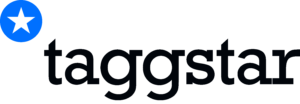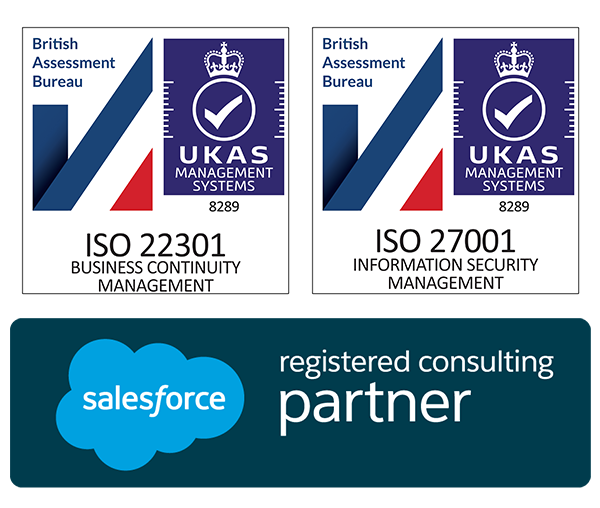Taggstar Case Study
Company Background
Taggstar is a SaaS company that specialises in enterprise social proofing. Their fantastic software and services team provide commerce companies with demonstrated increases in conversion rates throughout the purchasing funnel. Using lightweight code, and harnessing the power of the crowd, Taggstar is transforming the digital experience for their customers delivering fantastic ROI wherever the solution is implemented.
The Journey
Taggstar had been using Salesforce for 2 years at the point of our engagement. They had been working with a different Salesforce Implementation Partner and were using the solution to a basic level. Taggstar were being encouraged to upgrade the level of their license at additional expense, yet they were still tracking all of their key data in spreadsheets and felt they weren’t seeing a return for their existing investment.
We have worked with SaaS businesses for many years and thus we understood the business model that Taggstar operate. We coupled this with plenty of proactive ideas as to how they could generate more value from the platform at their existing license level.
We developed a Proof Of Concept around a new activity-centric, user interface, that also automated revenue scheduling and made sure accurate data was collected at every step of the buyer journey. We tied this in with a longer-term vision and roadmap against other areas of development which then substantiated a compelling case for the upgrade.
Designing the POC required a re-envisioning of how Salesforce could behave for the end-user. By combining all of our experience and knowledge around user experience design, console navigation, guidance for success, validation rules, intricate flows, and above the fold design principles, we demonstrated how the system could show all the relevant record information instantly, and allow the user to engage with their records as quickly as possible. This would mean that the talented salespeople could focus on selling to their prospects rather than administrative tasks to log their activities in multiple systems. We also configured a series of automation that would forecast monthly revenues against opportunities and accounts. This meant that the team could then envisage how they would move away from spreadsheets for the first time.
The Results
Taggstar were so pleased with the early value we demonstrated in our proof of concept that they wanted to upgrade their Salesforce licenses straight away. This meant there were three key areas to focus on. A role-based user experience that encapsulated layouts, record types, permissions, and related objects; automated revenue and quantity scheduling for some key recurring product line items; and building dynamic reporting that could show all the SaaS revenues across all stages of the customer lifecycle. We started by creating dedicated applications for each user’s role and then assigning record types, layouts, and permissions against these. This meant that each role could have a perfectly tailored experience that was completely aligned to their business process and showed only the relevant information instantly at every stage of engagement.
The second key area focused on automating the revenue and quantity scheduling that is associated with Taggstar’s business model. As customers are quoted on a combination of monthly recurring API calls, and recurring service hours against those API calls, these had to be forecast accordingly so as to have a concise picture of incoming revenues along with the API usage over time. We controlled this using a custom flow that also took into consideration the probability of an opportunity closing along with moving activation dates and renewals. These additional opportunity record types were configured and also had their own automation that then was forecast differently.
These previous steps ensured that data was input into the correct places at the appropriate times, and provided an accurate schedule of product usage over time. This meant all the data that was being tracked in spreadsheets was now in Salesforce. It now came down to putting together a robust and dynamic reporting structure against the new configuration. This gave a single place for end-to-end reporting. From the very first phone call, all the way through to multi-year renewals, all was now reportable in Salesforce and brought to the forefront of both accounts and opportunities. This meant that the applicable users could navigate to any record and see all the information they needed. Both from an activity perspective and from a business forecast viewpoint.
The Future
We have built a trusted partnership with the Taggstar team built around a shared vision and a roadmap that will enable them to keep realising more value over time. The key aims are to further reduce the number of clicks for users, and also remove any margin for error in quoting a prospect. Due to the added validation rules, and enhanced data fidelity, we are working on incorporating automated document generation using DocuSign, and issuing these for e-signature at the applicable opportunity stages. As Taggstar is also rapidly expanding into the United States, we are setting up the global pricing structure along with dedicated processes.


